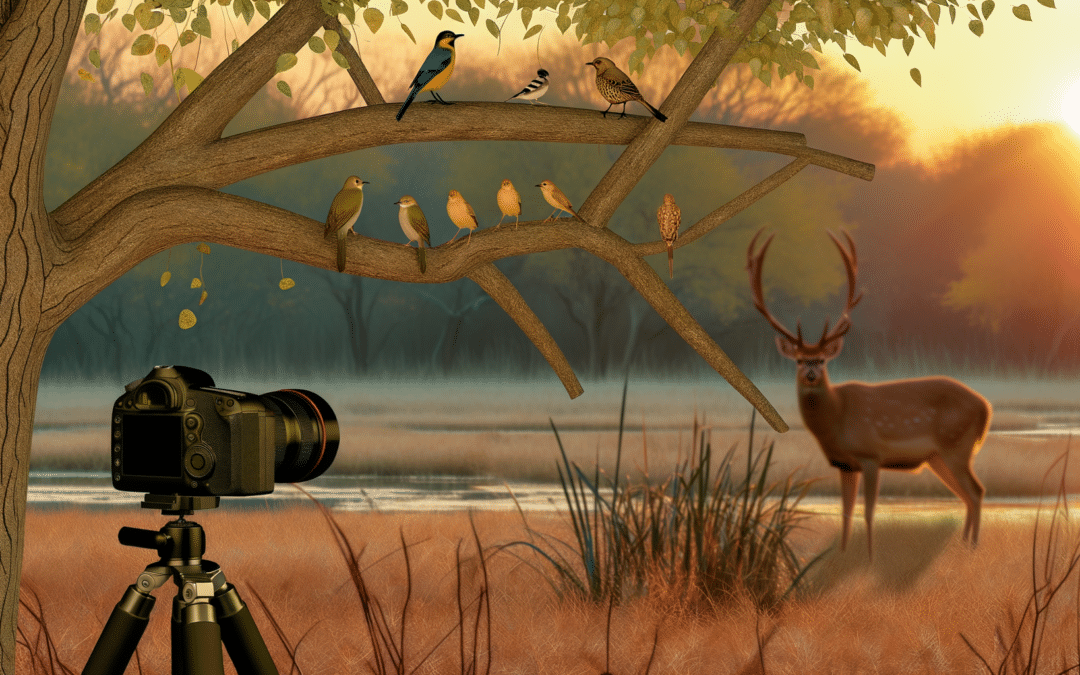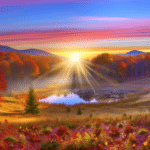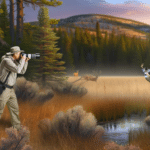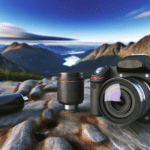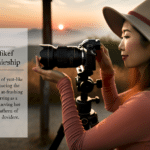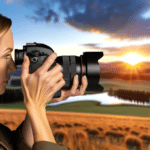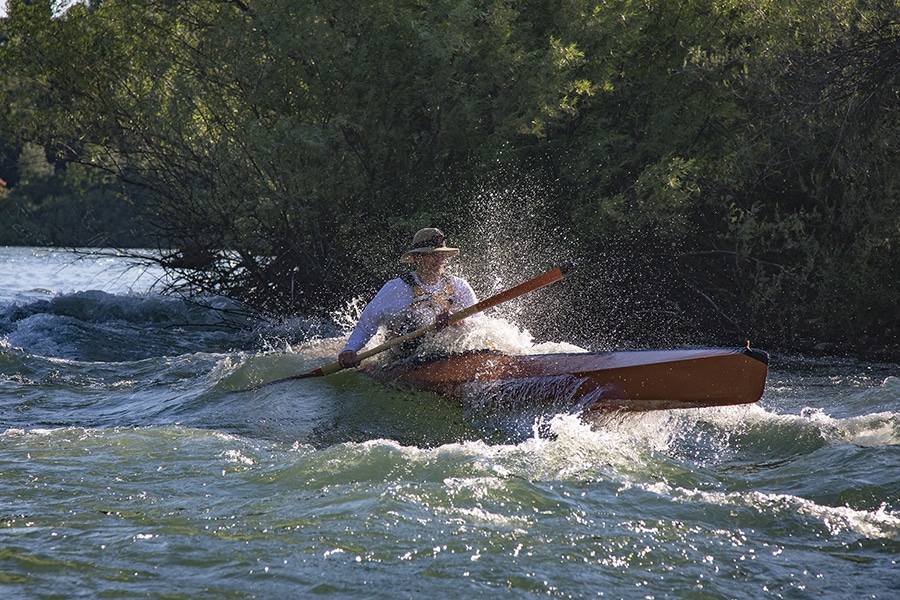Entering the realm of wildlife photography can be an intimidating endeavor. Wildlife photographers often find themselves in solitude, patiently waiting for that elusive perfect shot. For those just beginning their journey in this genre, it might seem overwhelming to figure out where to start and how to hone their skills. This guide offers valuable advice for beginners in wildlife photography, covering essential aspects to build a strong foundation in the craft. Consider the impact of each point on your photography, and reflect on whether you’ve taken them into account during your last session.
Embarking on Wildlife Photography
For novices, the aspiration to become a wildlife photographer may appear distant, often discussed but seldom pursued with intent. Identifying the starting point is a significant hurdle, yet opportunities abound. One need not have a portfolio featuring exotic animals; beginning with local wildlife, such as birds in one’s backyard, is a valid starting point. For those residing in urban environments without access to traditional nature settings, the challenge of capturing urban wildlife awaits.
Beginner Tips for Wildlife Photography
Here are some fundamental insights that can guide beginners through their initial foray into wildlife photography:
- Mastering Low Light Situations: Many animals are active during dawn and dusk, presenting the challenge of capturing images in low light. Learning to adjust ISO settings and manage shutter speeds is crucial to prevent motion blur and camera shake, even in shaded or forested environments.
- Understanding Photo Sharpness: Achieving a sharp image involves various factors beyond focusing accuracy. Lens quality, diffraction, shutter speed, and focus mode all play a role in image sharpness. Exploring these elements will enhance the clarity of your photographs.
- Researching Your Subject: Knowledge of animal behavior is invaluable in wildlife photography. Studying species-specific traits and behaviors can provide insights into anticipating actions, such as a bird’s imminent flight.
- Zoom Isn’t Always Necessary: While the urge to get up close is strong, sometimes a wider shot that includes the environment can yield a more compelling image. Embracing a minimalist approach can lead to unique and striking compositions.
- Developing Fieldcraft Skills: Proficiency in fieldcraft, which involves minimizing disturbance and maximizing awareness in nature, is an acquired skill that improves with experience.
- Adhering to Ethical Practices: Ethical considerations are paramount in wildlife photography. Respect for the subjects and their habitats should be integral to your approach, ensuring minimal disturbance and fostering a sustainable practice.
- Leveraging Local Knowledge: Building a network within your community can be instrumental in locating wildlife and gaining access to various locations. Engaging with others who share a passion for nature can lead to fruitful collaborations.
- Applying the Rule of Thirds: This classic compositional technique can help balance your images by placing points of interest along the intersections of divided thirds. While rules can be broken, this guideline is especially useful for beginners.
- Investing Time: Patience is a virtue in wildlife photography. Dedication to the craft often means early mornings and long waits in hides or blinds. Persistence in returning to the same locations can eventually lead to success.
- Shooting at Eye Level: Positioning yourself at the eye level of your subject can transform the impact of your image, making it more engaging and immersive for the viewer.
Conclusion
The journey of learning in wildlife photography is continuous, with styles and techniques evolving over time. Adaptation and refinement of methods are part of the process. Persistence and passion are key to thriving in this challenging yet rewarding field. For those seeking further guidance, additional resources and tutorials are available to enhance their skills.
